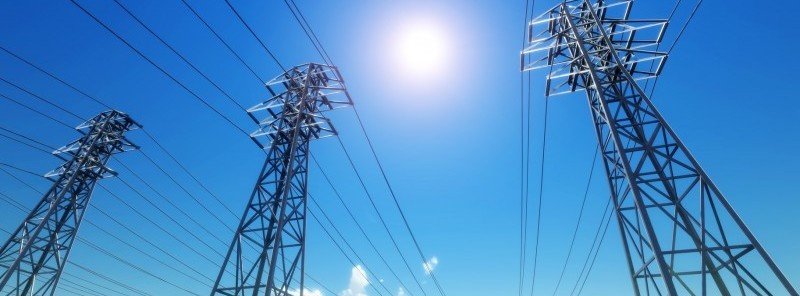Electric Customer Choice Market Evolution. Imagine if the telecom industry had deregulated in such a way that people in one state were streaming movies on their smart phones while their counterparts in another state were limited to using rotary dial phones anchored to wall jacks. This essentially describes the current state of electric customer choice markets.
Unlike other deregulated industries, electric choice markets vary significantly from state to state. Some states have robust markets where consumers can choose from a wide array of electricity plans and innovative value-added services. Other states have only a handful of competitive electricity providers and very low participation rates. Reviewing telecom market evolution provides a useful comparison for the electricity market.
Telecom Market Comparisons
The first phase of telecom deregulation allowed customers to select their long distance provider. Price competition defined this stage of market development. Consumers compared long distance plans based on differences in peak and off-peak rates. Of course, this was in the dark ages when cellular technology was in its infancy.
The second phase of deregulation shifted to service as a differentiator. From specialized customer service to wireless coverage (Can you hear me now?), telecom providers focused on finding more ways to appeal to customers.
As price and service levelized among the major telecom providers, the market achieved its current state of competing on innovation. Telecom providers have evolved beyond their original niche to offer consumers products that cover the full spectrum of data transmission services.
The challenge with electric customer choice is that state-by-state market design created a patchwork quilt of success. In some states, deregulated electricity markets continue to struggle with basic price competition. At the same time, electricity markets in other states have shifted to competing on service and innovation.
Texas Electricity Market
For illustrative purposes, compare the residential electric choice markets in Texas and Massachusetts. Customers in Dallas/Fort Worth and Houston can choose from more than 50 energy providers and over 300 electricity plans. Some of these electricity companies appeal to price shoppers but many of them also offer enhanced services and innovations. These value-added services include heating and cooling system maintenance, time-of-use rates, smart thermostats, and peak load reduction rewards.
Because Texas does not have utility default pricing plans, all consumers in deregulated areas of the state receive service from competitive electricity providers. However, it is important to note that 64% of residential customers have selected electricity providers not affiliated with the old regulated utilities. This reflects a highly competitive market where value trumps legacy branding.
Massachusetts Electricity Market
Massachusetts residential customers, on the other hand, have limited choices when shopping for electricity offers. Electricity providers serving deregulated areas of the state number fewer than 10 in the central and western parts of the state and around 20 in the Boston area. Products are generally limited to a few fixed price electricity plans and smart thermostat plans. Statewide, less than 18% of residential electricity customers have switched from utility service to competitive energy supply.
Without modifying the market structure to encourage consumer participation, innovation in the consumer electricity market will not achieve its full potential. Technology and service innovations have exceeded the imagination of the architects of telecom deregulation. Consistent regulations and structure are necessary if we are to move beyond simple price competition in electric choice markets.


